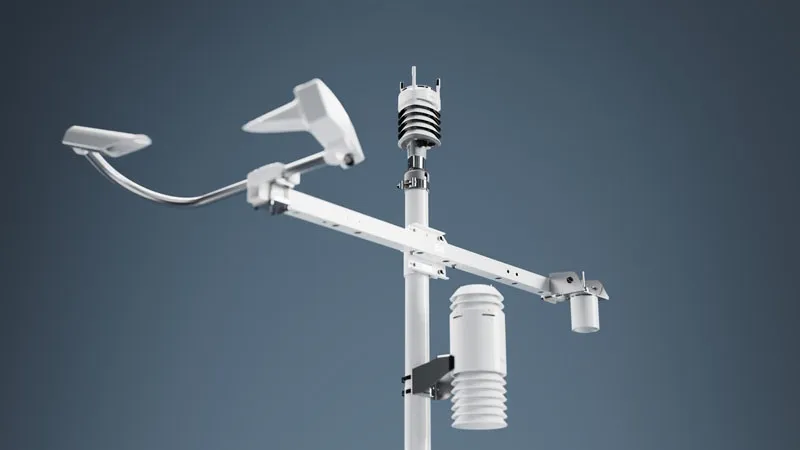
Vaisala has launched the compact Beam Station – BWS500 – for weather and environmental monitoring by cities, road agencies and industrial zone authorities.
It is designed as a turnkey monitoring station that provides access to reliable information on air pollutants, solar radiation, flooding, snow depth, water level, visibility, road conditions, pavement temperature and current weather conditions.
Due to its small size and affordability, says Vaisala, Beam Station can be deployed virtually anywhere to deploy effectively denser observation networks which support the needs for increasing capabilities to understand weather and optimise processes accordingly.
It allows for easy installation in all locations, even busy urban areas, including existing infrastructure such as street poles, traffic lights and bridges.
Beam, available as a standalone station or as a network of stations, aggregates insights and delivers them directly to the customer’s back-end system. Select measurements can also be viewed via Vaisala’s cloud services.
“Our customers require more flexibility in the parameters they monitor and how the information is distributed, and we answered with the best-in-class Beam Weather Station,” said Paras Chopra, product manager. “Beam has been co-developed with input from some of the leading system integrators to improve the sustainability of our communities.”
Headquartered in Finland, Vaisala employs over 2,000 people worldwide and is listed on the Nasdaq Helsinki stock exchange.








